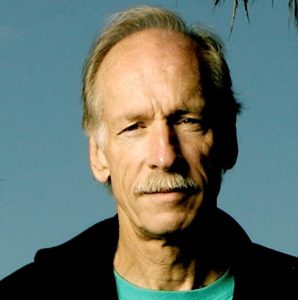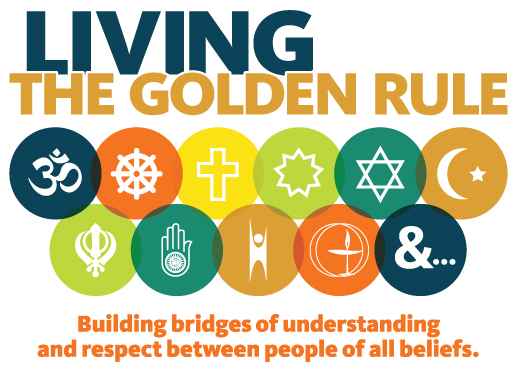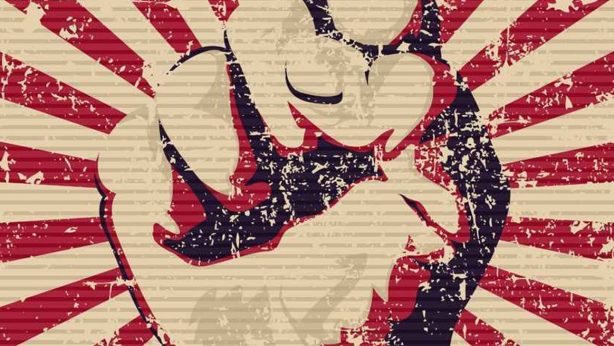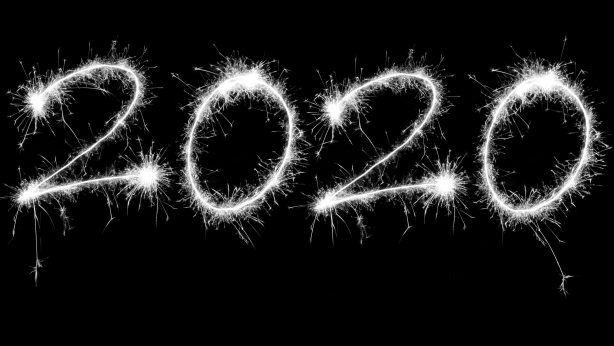The Call to Interfaith: Democracy, Interfaith, and the Individual, Part 2
This is another excerpt from my new book, “The Call to Interfaith: Democracy, Interfaith, and the Individual”.
2. The Fundamental Flaw
There is a fundamental flaw in the basic civilizational narrative that underlies our increasingly dysfunctional societal design. The flaw is the world view of separateness as opposed to wholeness.
We live by narratives, such as the narrative of democracy which calls for “freedom and justice for all”, or the narrative of the “American dream”. While these narratives are embedded in our societal mindset, there is a disturbing disconnect between the narrative and the actual reality. We are undermined by a deeper, more hidden and primal narrative that plagues the very fabric and social integrity of our civilization.
The narrative of separateness sees the world as divided, disconnected, and adversarial between its competitive parts. Within that narrative, we are disconnected from our wholeness and wellbeing, from our innate and inherent connectedness with each other and the Earth, and with what we call the various names of God. The narrative of separateness sees God as an external authority separate from the individual, human beings as separate from nature, and tribal, societal factions and nation-states engaged in perpetual conflict and battles of competitive wills over religious, cultural, racial, territorial, economic and political differences. This narrative of separateness builds walls between individuals, between institutions, between religions, and between cultures and nations. It encourages partisanship, polarization, and exclusivity, and breeds mistrust, enmity and the stigmatization and demonization of “the other.”
This narrative of separateness can be understood as deriving from our existence in a three-dimensional world of apparent duality. Everything around us is separate and different but coexists with both polarities and similarities. We identify ourselves with what our mind and senses can most readily detect, which is the separateness and the differences. If we examine the differences, however, we find there are always underlying common denominators. All human beings are similar but no two human beings have ever been the same. We come in an endless variety of races, colors, sizes, temperaments, intelligence, creative gifts, and cultural backgrounds. We are all different, but we have a shared humanity.

Democracy is an attempt to socially and politically find the common denominators and unifying factors in society, while acknowledging, accepting, and welcoming the diversity as enrichment in our lives. We get caught, however, in our judgments, in our bias, in our ego-driven, polarized mindsets and agendas, often delving out the rancor of divisiveness in a toxic brew of scapegoating, hating, stigmatizing and demonizing. We become blind in our polarized position. We perpetuate the mythology of division. We all suffer in this divisiveness. We fail to see that what we have in common is more important and beneficial for us than fighting over our differences. Like the lover who keeps going back to his/her abusive partner, trapped in an enabling relationship, we are caught in the trap of following the narrative of separateness that enables our ongoing, deepening dysfunction. In this dysfunction, we lose our connectivity to what is most meaningful for us, to God, to what spiritually sustains us.
The narrative of wholeness sees God as within each individual and within and throughout all of creation and sees humans as intimately and intrinsically connected with the natural world. All tribal groups, nation-states, racial differences, cultural identifications and the vast variations of nature are the enriching diversity of the human family and the planet reality. Within this reality, the narrative of wholeness sees the world as interconnected and interdependent, with all its diverse parts existing in a co-existent, cooperative relationship supportive of the organic whole. The narrative of wholeness sees an underlying unity throughout the richness of diversity.
This unity is observable and modeled in our own bodies and in the Earth’s eco-system. Our bodies consist of trillions of diverse specialized cells in multiple formations of organs, muscles, connective tissue, skeletal, circulatory and nervous systems, and each cell shares in the relationship of maintaining the entire organism. The same is true within the bio-diversity of our eco-system, where the bumblebee and the biosphere, the raindrop and the ocean, the moon and the tides, the breath and the photosynthesis of the flora, are all parts of an integral myriad partnership maintaining the organic wholeness of the Earth and its vital life support system. In this organic partnership everything plays a part, everything is recycled, nothing is wasted, nothing is outside, and there is no “away” to throw anything.
In this wholeness, we are given the model by which to structure our civilizational design, yet we are just beginning to awaken and overcome the blindness of our separateness narrative, to see it. The environmental movement has alerted, informed us and sounded the alarm, and is emphatically catalyzing the global conversion towards awakening to climate change, eco-justice, renewable energy, and sustainability – before it is too late. The Interfaith movement is playing its part in catalyzing humanity towards a new social integrity which embraces the wholeness narrative.
The narrative of separateness is the divisive, dominator model.
The narrative of wholeness is the collaborative, partnership model.
As with the environmental movement, Interfaith, in its newness, faces the challenges of the centuries-old entrenched mindset and worldview of separateness that has plagued our bloody history. Simply put, the Call to Interfaith is a call to wholeness.

To be continued…



